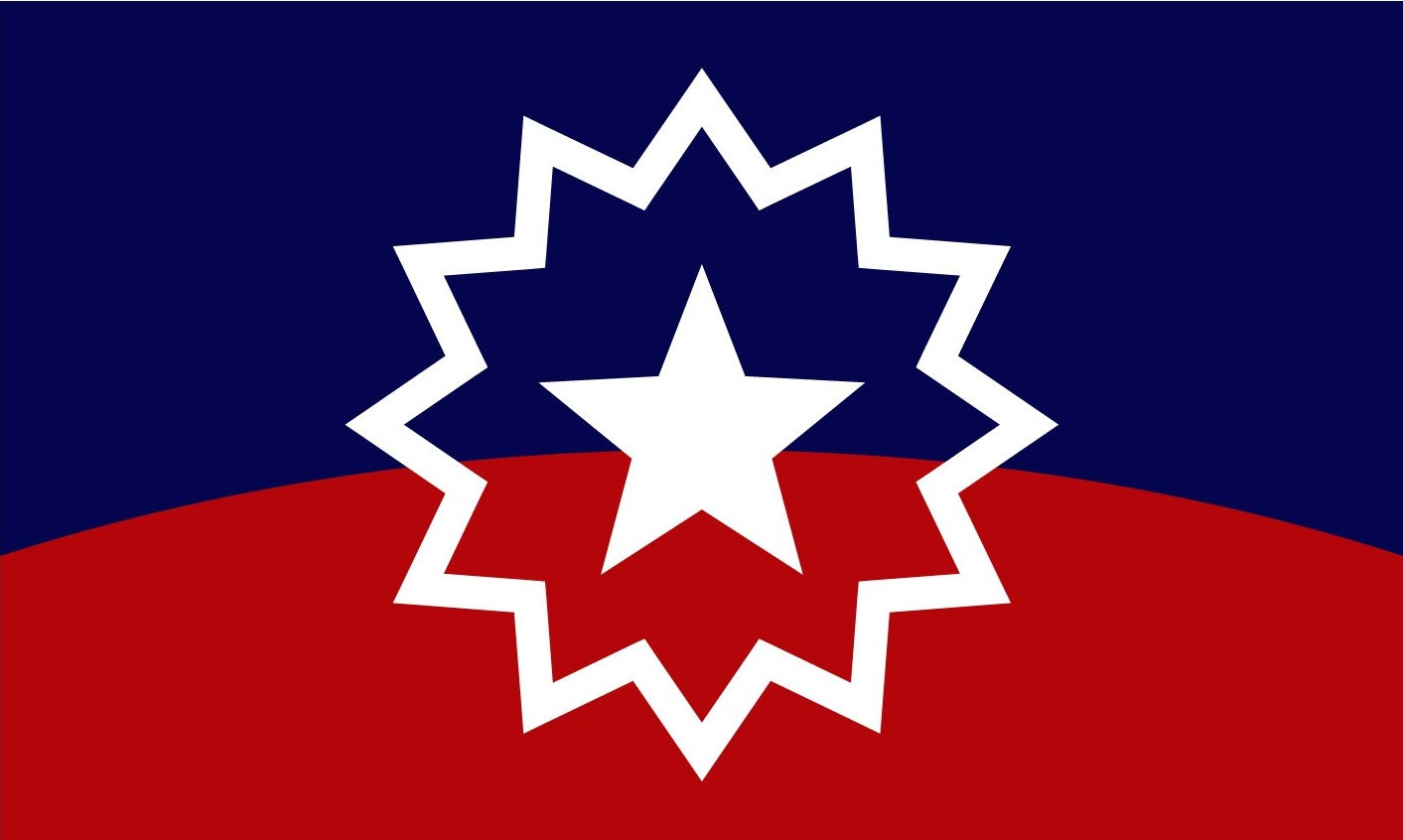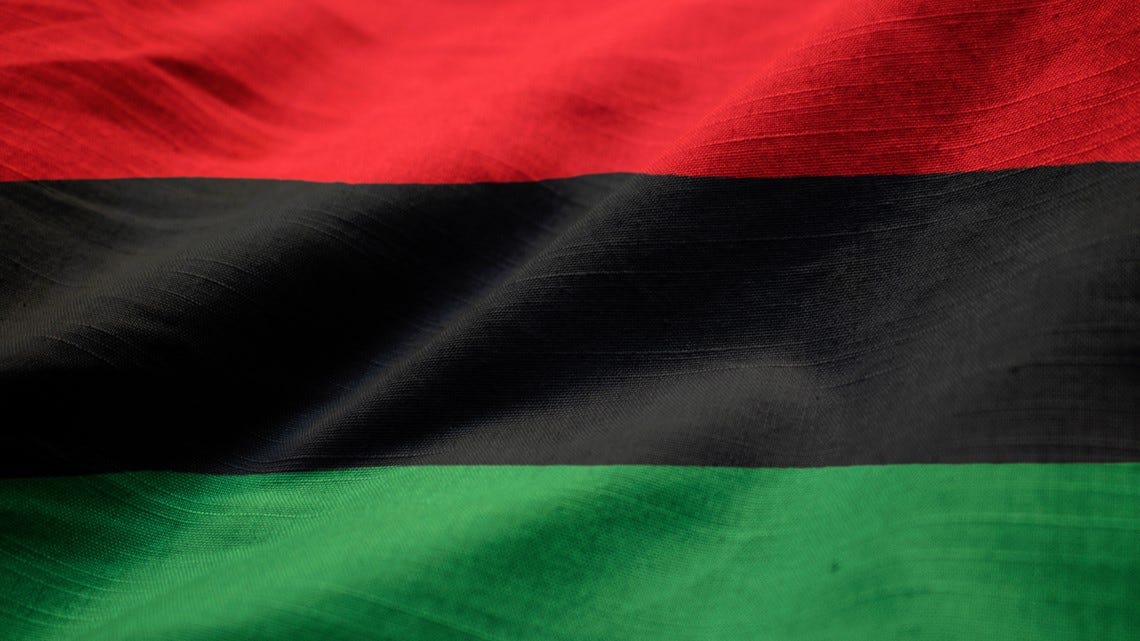Why the Juneteenth Flag is Red, White, and Blue
And why they are not the red, black and green of the Pan-African flag
It takes hours of research and fact-checking to bring you the little-known information in the article below. While some are busy trying to hide this history, you can help promote it. Become a paid subscriber today.
Do an internet search for Juneteenth and the images that pop up often feature the colors red, black, and green—the colors of the Pan-African flag.
But there's also an official Juneteenth flag.
Its red, white, and blue colors tell a deeply patriotic and significant story.
The Pan-African flag is a bold declaration of global Black solidarity.
It was first created in 1920 by Marcus Garvey’s Universal Negro Improvement Association (UNIA) as a unifying emblem for people of African descent worldwide.
The red stands for the blood shed in pursuit of liberation. Black is for the people. Green for the land.
There’s nothing wrong with flying the Pan-African flag. Fly it year-round, if you’d like! We need global unity among the African diaspora in the face of global white supremacy.
But Juneteenth is also about specificity—a specific history of a specific people.
The Juneteenth flag was created in 1997 by Ben Haith and refined in 2000 with the help of illustrator Lisa Jeanne Graf. It is filled with symbolism:
The white star at the center represents Texas, where emancipation was first enforced on June 19, 1865.
The burst around the star is a nova—symbolizing a new beginning for Black people in America.
The arc through the center suggests a new horizon.
And most significantly, the red, white, and blue color scheme is a deliberate claim: Black Americans are Americans.
As Graf put it, “The red, white, and blue colors communicate that the American Slaves, and their descendants were all Americans.”
This point feels especially urgent in the current political climate.
Right now, we are living through a fierce struggle over who counts as American.
The authoritarian regime in power is demonizing immigrants—especially non-European immigrants—and is escalating tactics that include abduction, mass deportation, and rendition.
To push back against this narrowing of national identity one viral post even encouraged protestors to wave United States flags—not flags from the nations they emigrated from—to assert their place in the nation.
And to “make it very clear who the military is being deployed against.”
That same spirit—of asserting your rightful place within the fabric of the nation—is what the Juneteenth flag communicates through its patriotic colors.
When Black Americans wave the red, white, and blue Juneteenth flag, it becomes a subversive declaration of belonging.
It is a claim to the promises of liberty and justice for all that have been systematically denied to many.
The red, white, and blue flag is a reminder that Black Americans fought for this country, built this country, bled for this country.
And we’re not going anywhere.
So yes—celebrate Juneteenth, and wave the Pan-African flag if you’ d like.
But don’t forget the Juneteenth flag. Fly it high. Teach your children what it means.
Fly the flag that says: “Black people were never outsiders in the United States, and we are grabbing our place in a nation that has never fully offered it to us.”
Check out this video, illustrated and animated by my friend, Danielle Coke Balfour, and written and voiced by me! Please share in your Instagram stories.








That Juneteenth flag is beautiful! Thank you, Jemar, for your hard work and for sharing. May you and your family and friends have a blessed Juneteenth Day.
I learned something new and important today. Thank you! I fully support flying the red white and blue JuneTeenth flags everywhere!